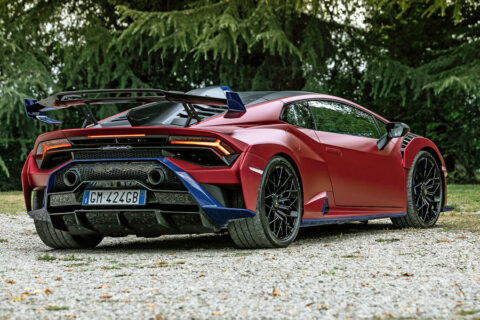
The Huracán, launched in 2014, brought a new challenge, sharing its platform and many mechanical components with the second-generation Audi R8.
Reggiani says he was certain that buyers would not mind the commonalities so long as it delivered a Lamborghini-appropriate level of performance. But early criticism of the Huracán’s lack of dynamic connection did indeed lead to significant revisions through the car’s long life, specifically with the fitment of the much more advanced LDVI (Lamborghini Dinamica Veicolo Integrata) vehicle dynamics controller.
“In the early Huracán, if you push too hard and drift a little, the car corrects aggressively, but LDVI made the power of calculation, therefore intervention, much faster,” he explains. “The driver should not perceive the software intervention. It should help you, not tell you off.”
Which leaves just one car, the biggest of all: the Lamborghini Urus. As with other performance brands, Lamborghini’s decision to create an SUV was controversial, although it has proved hugely popular with buyers. The Urus sits on a shared platform and is closely related to the Porsche Cayenne, Bentley Bentayga and Audi Q7/Q8, but huge effort was put into giving it Lamborghini characteristics.
“People see what is the same, but the key is what is different,” says Reggiani. “One of the biggest challenges was persuading the rest of the group to change the platform so we could make those changes necessary for our DNA.
